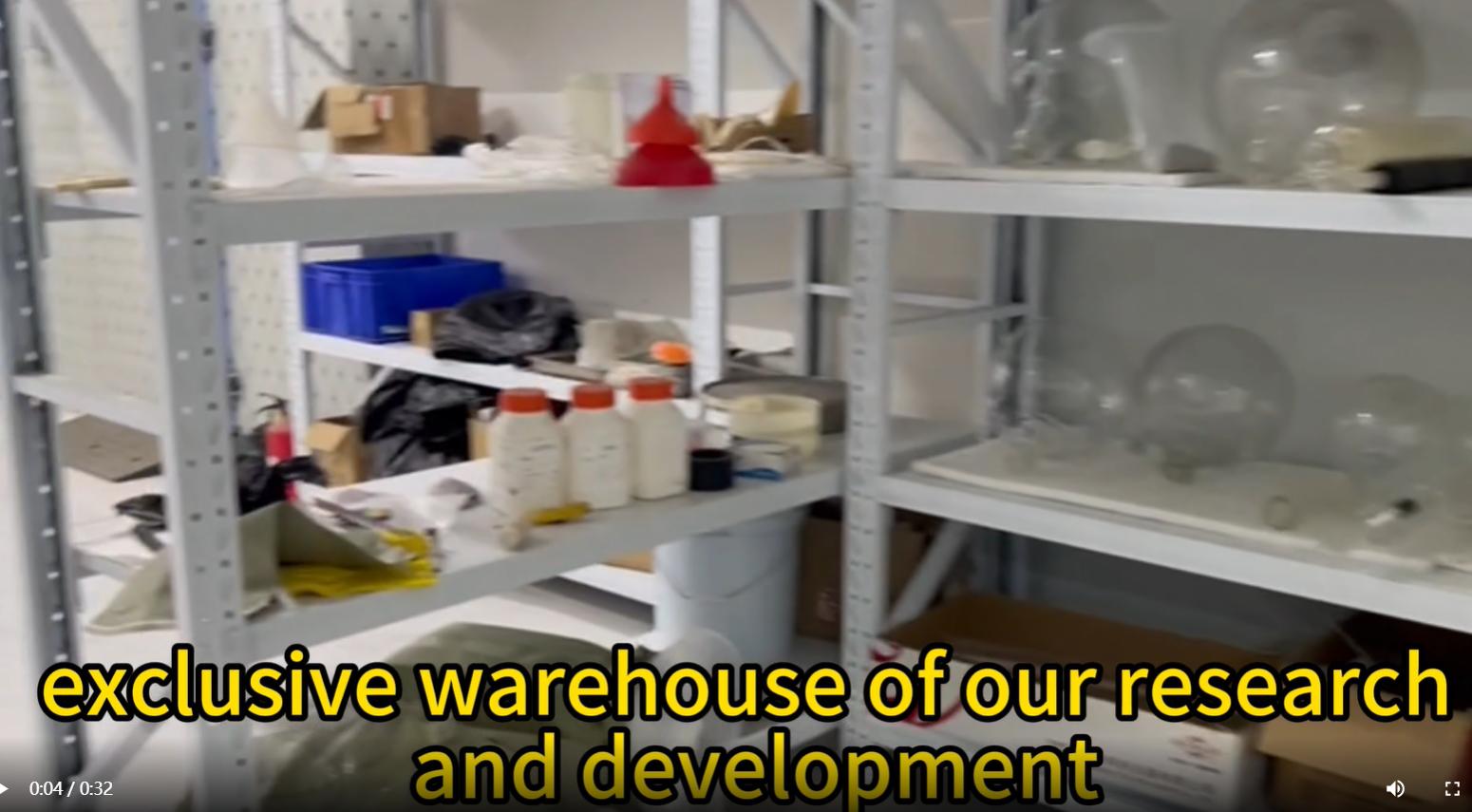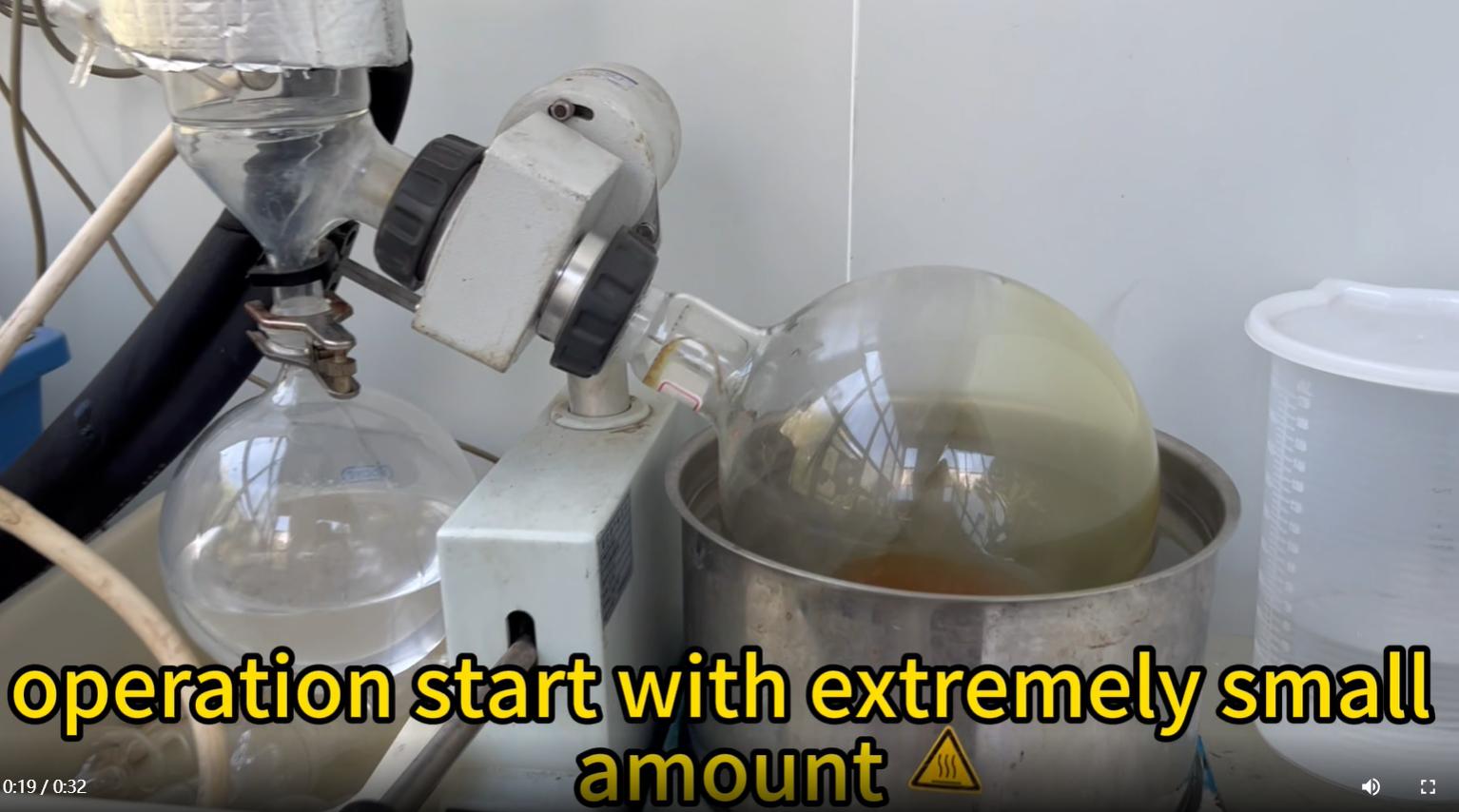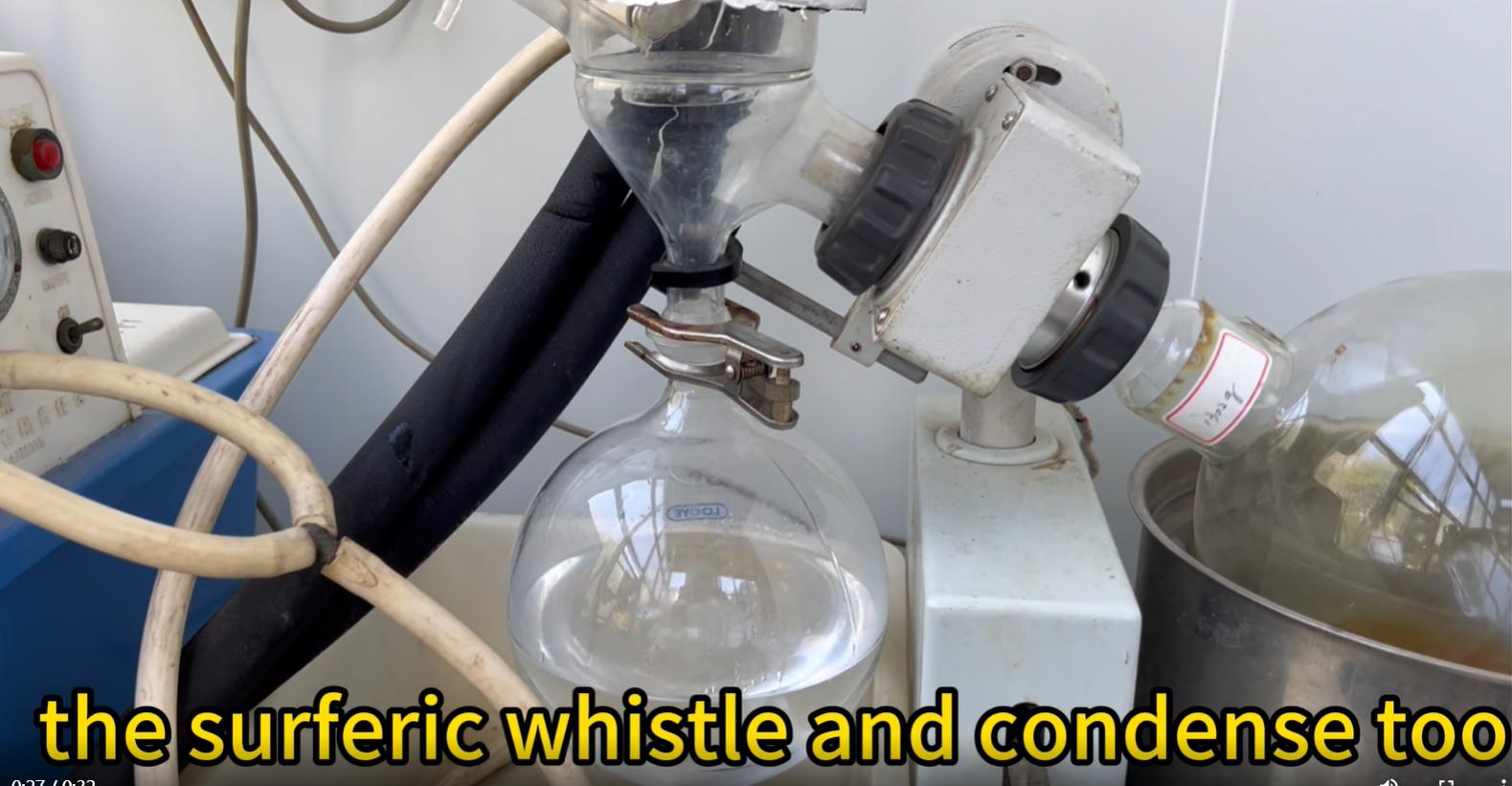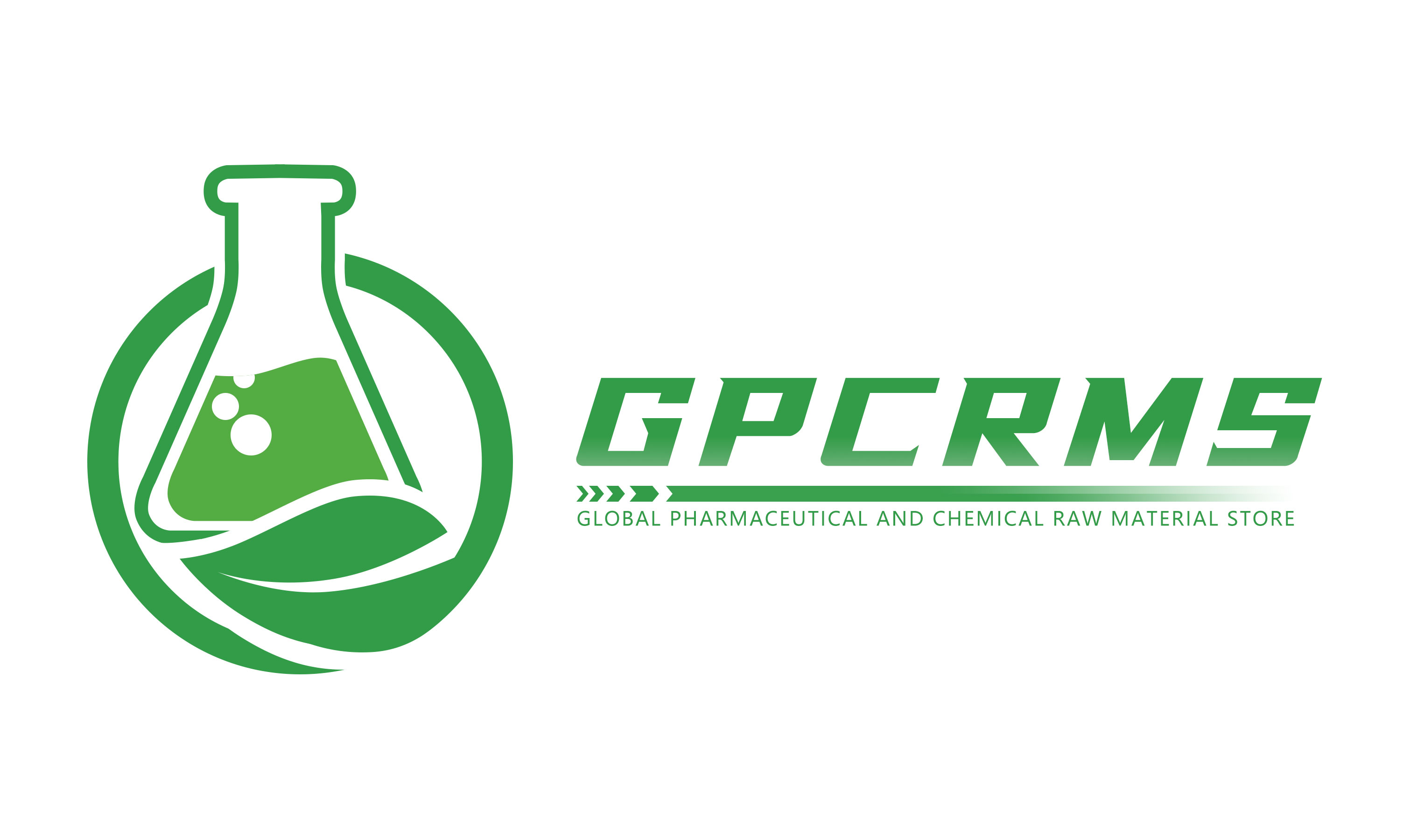What instrument use by R&D departments?
In the world of scientific research, precise instruments are indispensable as they provide strong support for experimental work. What we are looking at today is the exclusive warehouse of our research and development laboratory. This warehouse plays an important role, primarily used to store various materials and instruments required during experiments.

Upon entering the warehouse, it’s evident that many of the instruments and containers are quite small in size. This is because, in the early stages of research—especially when a project is just beginning—experiments typically require only a minimal amount of materials. Using large-scale equipment at this stage would not only waste resources but might also reduce the precision of the experiments. That’s why we have specially equipped our lab with compact instruments suitable for small-scale experimental operations. These small devices not only save space but, more importantly, offer higher sensitivity, ensuring the accuracy of the research data.

For example, the small rotary evaporator we are about to see is a very practical instrument. It is mainly used to quickly evaporate and concentrate liquids under reduced pressure, particularly for solvent recovery in organic synthesis experiments. Though compact in size, this instrument is highly efficient and greatly improves the speed and effectiveness of experiments. Supporting tools such as the sulfuric whistle and condenser tube are also designed in small sizes to match the needs of small-scale operations.

These precise and compact devices reflect not only the R&D team’s emphasis on efficiency and accuracy but also the modern demand for diversity and flexibility in laboratory equipment. At different stages of research—from initial trials to pilot tests and finally to large-scale applications—different sizes and functions of instruments are required. In the early phase, these miniature tools serve as a kind of "touchstone" for researchers, laying a solid foundation for subsequent development and production.
In summary, although these small instruments may appear unremarkable, they are essential tools in the research process. They represent the meticulousness, rigor, and innovation at the heart of scientific inquiry and are vital assistants in the journey to explore the unknown. As technology continues to advance, these devices will become even more intelligent and automated, further empowering the progress of scientific research.
